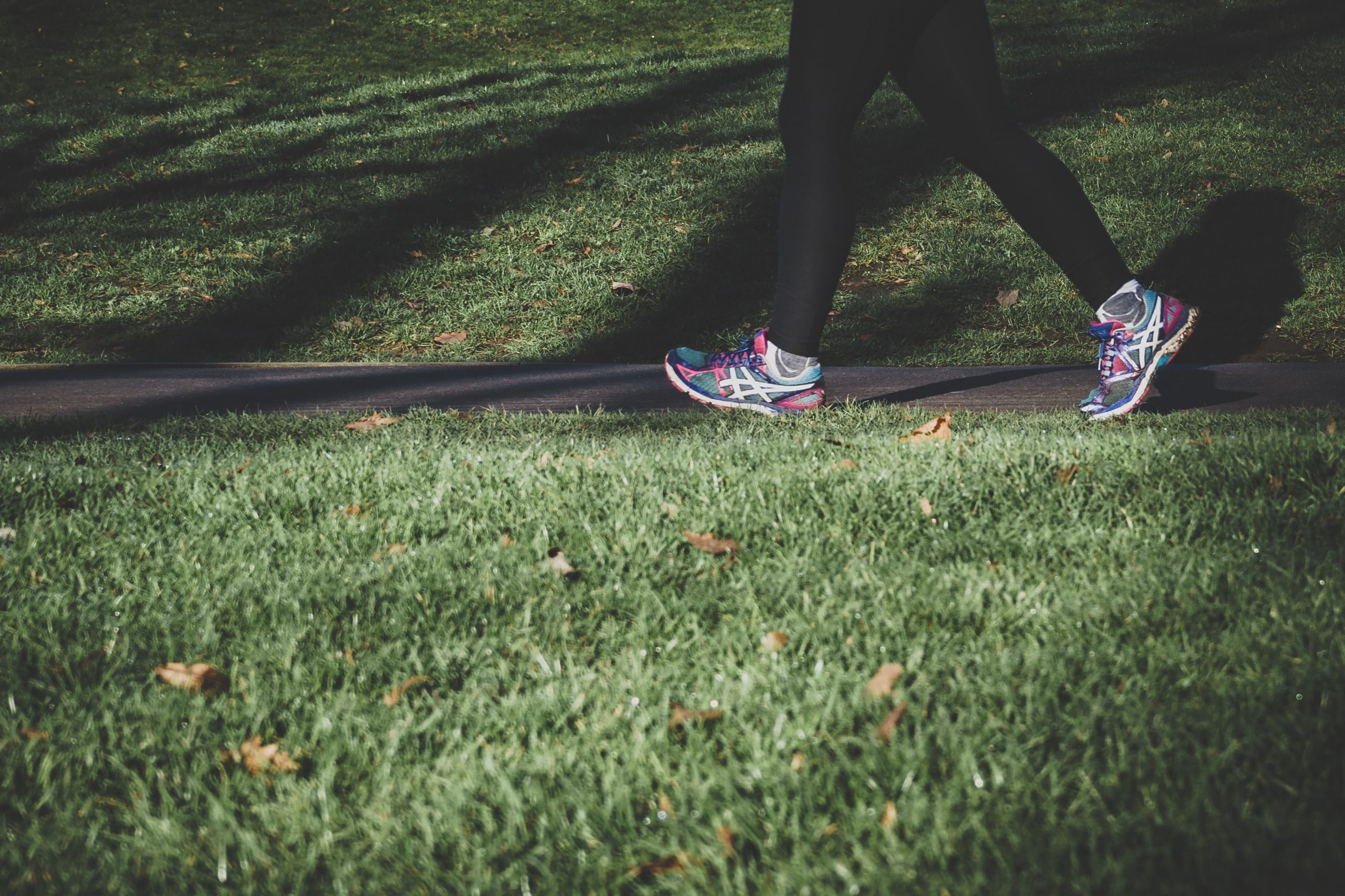While running is often considered the premier exercise for improving health, walking is shown to improve health outcomes with reduced risk of injury and is a more realistic form of exercise for older adults. The amount of benefit one receives from any exercise is based on three factors; intensity, duration, and frequency. For optimal health benefits, it is recommended that individuals walk at a brisk pace for at least 30-minutes on five days per week. Walking places less stress on the body, meaning there is a lower risk of injury.
Walking improves heart health. Research shows walking often reduces the risk of a heart event by 31% and protection from heart disease is evident at as few as 5½ miles per week at 2 miles per hour. Walking also improves risk factors of poor heart health like cholesterol, blood pressure, diabetes, mental stress, obesity, and inflammation. Beyond the heart, walking can help to prevent dementia, colon cancer, and peripheral artery disease. Walking can help the weight loss progress as well. The approximate number of calories burned per mile of walking can vary from 85 to 135 based on an individual’s size.
You can also make walking part of your daily life by walking as a form of exercise. Try parking in the back of the parking lot rather than taking a space near the store. Walk down your driveway or around your neighborhood when picking up your mail. But, remember to stay cool and mind the heat. If you have any questions about your ability to walk for exercise, you should consult your doctor at your next appointment.
Source: Harvard Health Publishing


